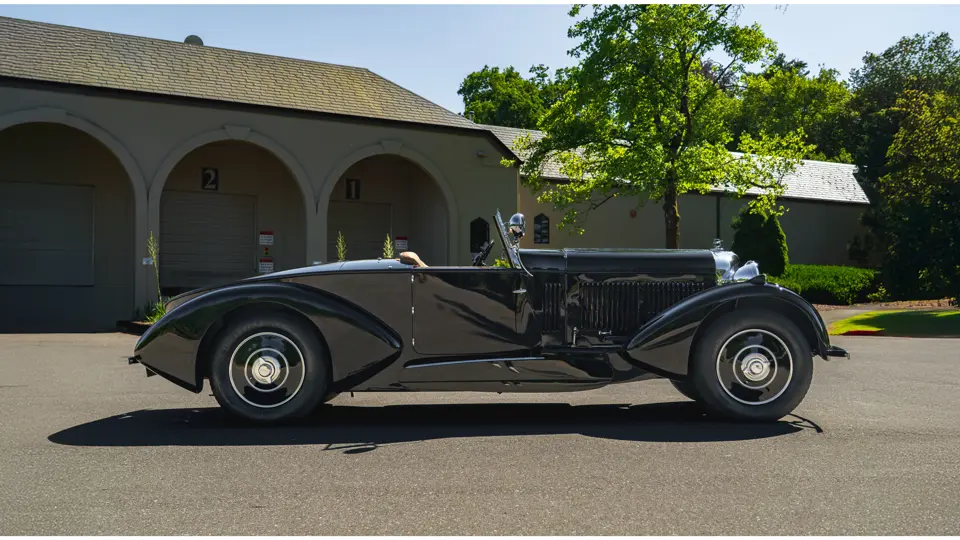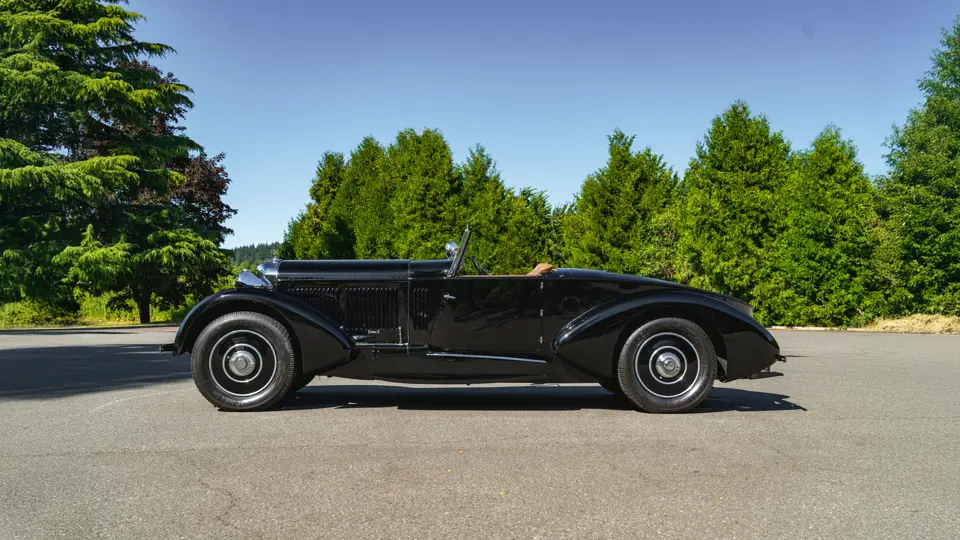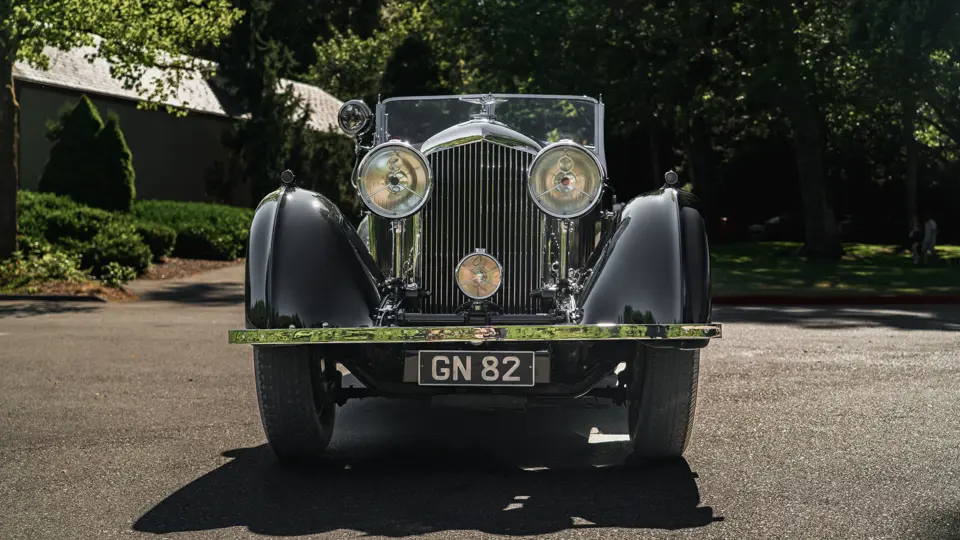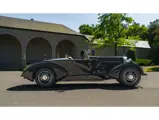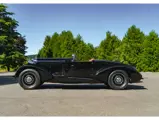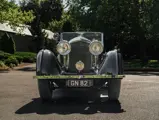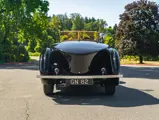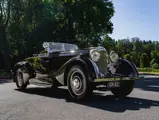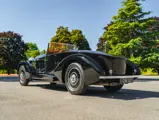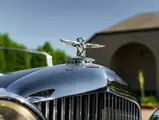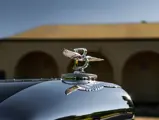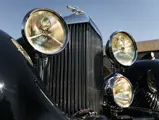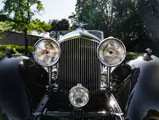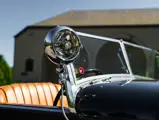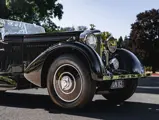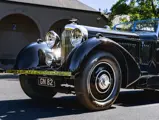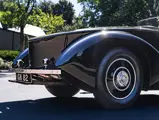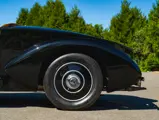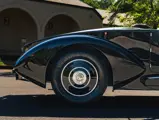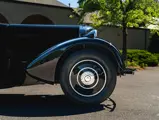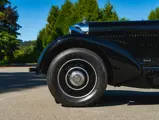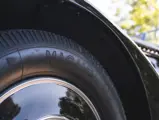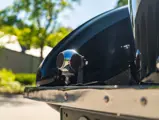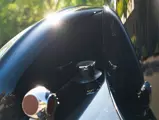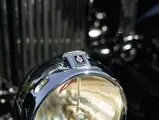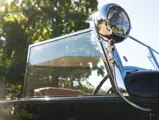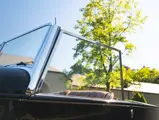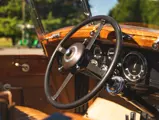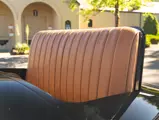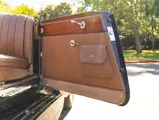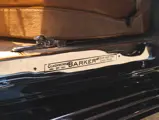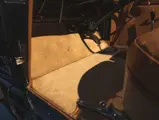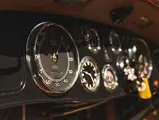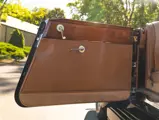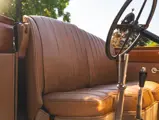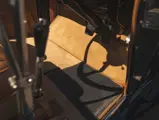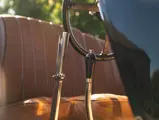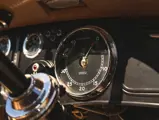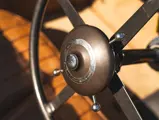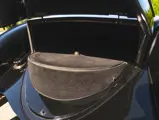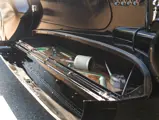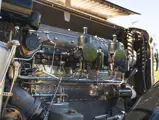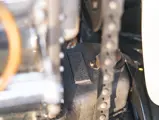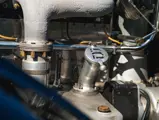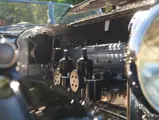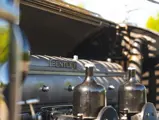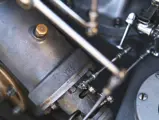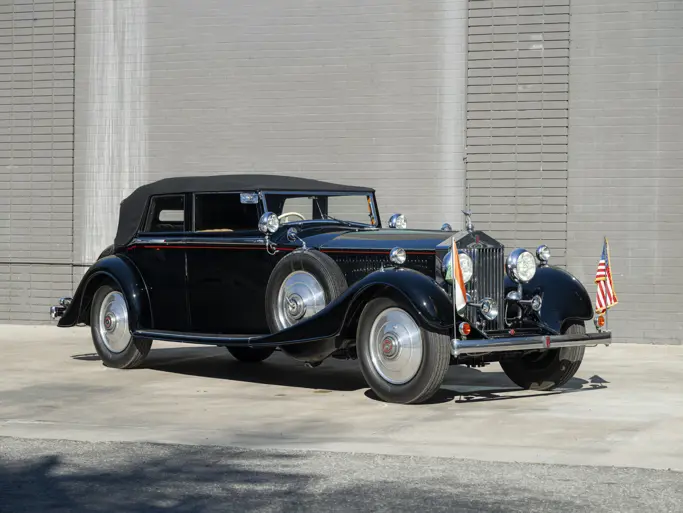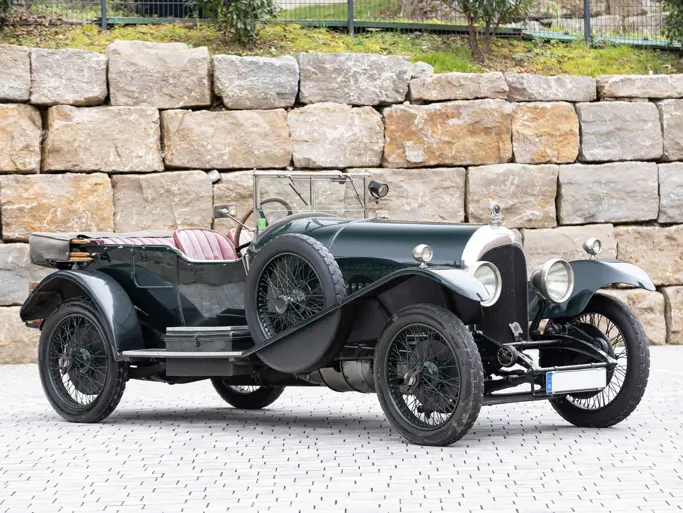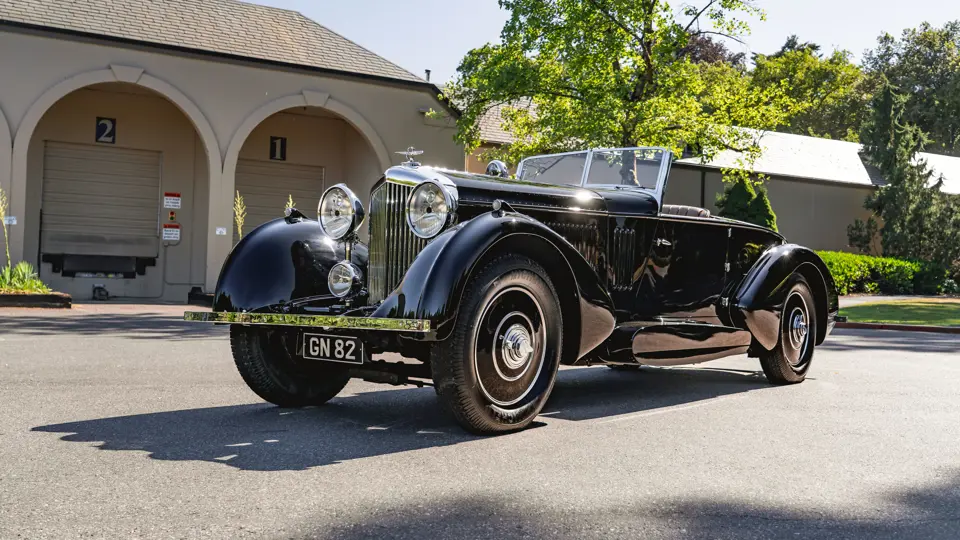
1931 Bentley 8-Litre Sports Coupe Cabriolet by Barker
{{lr.item.text}}
$2,205,000 USD | Sold
{{bidding.lot.reserveStatusFormatted}}
- The only 8-Litre fitted from new with two-seater sports coachwork
- Dramatic “boattail speedster” design for original owner Sir P. Malcolm Stewart
- Well-known history; formerly owned by Peter Agg and Frank Miller
- Original engine, chassis, and gearbox; ideal to restore to nearer its original form
- Simply put, among the most exceptional extant “W.O.” Bentleys
- A potential concours star in the making
THE ULTIMATE 8-LITRE
The 8-Litre Bentley was the maximum creation of its father, W.O. Bentley, taking all he had learned about high-performance, superbly engineered automobiles and coalescing it into one glorious whole. It was massive, yes, but it returned its size threefold to the driver: The steering was lighter than expected, acceleration was thrilling, and one instantly sensed the enormous power of the six-cylinder engine, a Le Mans powerplant raised to a higher scale, running smoothly and emitting only a delicious burble out the exhaust.
Just 100 examples of this chassis were produced, and the majority were fitted with what might be termed “gentlemen’s expresses,” the large saloon and coupe bodies favored by wealthy owners for town and country driving. Only a select handful were mounted with lighter, open coachwork, and just one, that is offered here, was originally a two-seater “sports,” maximizing the power of what lay beneath.
And did it ever look the part.
SIR MALCOLM’S SPEEDSTER
Chassis number YR5099 was the 49th 8-Litre Bentley built, and one of 34 with the 144-inch-wheelbase chassis, considered the “short” frame intended for more sporting bodywork. It was ordered by Sir P. Malcolm Stewart, whose London Brick Company was the largest brick manufacturer in the United Kingdom at the time; he would later be created a Baronet in 1937, for his efforts in helping reduce unemployment in England.
Sir Malcolm was a devout Bentley enthusiast, who had earlier owned a 6 1/2-Litre Speed Six bodied by Barker & Company, the fabled London coachbuilders favored by worldwide royalty for their excellent work on a variety of chassis. Barker’s design for the Stewart Speed Six had been a dashing two-passenger roadster with flowing individual fenders, curved pontoon-style running boards, and a tail that tapered into a gently rounded point. The coachbuilder called it, rather heavily, a Sports Coupe Cabriolet, but it was actually, in American parlance of the time, a “boattail speedster.” Its lines were breathtakingly similar to another Barker masterpiece of the period, the Mercedes-Benz S that would, decades later, achieve Best of Show at the Pebble Beach Concours d’Elegance.
The brick king must have been satisfied with his 6 1/2-Litre, as he ordered his 8-Litre finished in a virtually identical design, and, it is believed, in similar livery, bare polished aluminum with wings in black. He is pictured at the wheel of the completed automobile in Johnnie Green’s respected work, Bentley: Fifty Years of the Marque. The original owner retained YR5099 for five years, with the factory records noting that it underwent minor maintenance in 1934, followed by the addition of a D.W.S. jacking system.
In February 1935, the 8-Litre passed to its second owner, G. Stewart Ferguson of Birmingham. Ferguson did not retain the car long, selling it in 1936 to Andrew Tindall of Scotland, who modified the rear of the car in 1937–1938 to make it a practical four-seater. He retained the car for 26 years before selling it in 1962 to J.A. MacHarg, who also used the 8-Litre for some time in its modified configuration.
During the late 1970s the Bentley was acquired from MacHarg by the well-known McLaren racing team associate, Formula One boss, and car collector, Peter Agg. Mr. Agg oversaw the Bentley’s restoration, including having Crailville reshape the rear of the body back to near the original Barker design, albeit somewhat longer and wider, to accommodate a dickey seat and spare wheel, with fenders reshaped to suit—modifications recorded by Mr. Agg in an article, “Bentley 8-Litre Reborn.” The car won First Place at the highly competitive Bentley Drivers Club Concours at Kensington Gardens in 1983, prior to being sold stateside to Bentley expert Frank Miller. Miller displayed the car at the Pebble Beach Concours d’Elegance in 1987.
In 1990 the car was sold to Jonathan Proctor, in a deal to acquire Mr. Miller a Silver Ghost; it remained in the US, however, and was refinished in black, as present. After 14 years it was acquired by the current owner, who sold it to a fellow collector in 2006—only to reacquire it for their collection after that buyer’s passing in 2012. It has since resided in one of Europe’s finest collections of pre-war automobiles, looked after by the noted specialists at RC Moss, including an engine rebuild undertaken in 2017–2018.
Among the history file’s collection of historical documentation and research from past owners is a report from the noted Bentley authority and historian Clare Hay, noting that the car retains its original chassis frame, engine, and gearbox, with correct underhood equipment and finishes, including SU H08 carburetors in eggshell black, a Bosch starter, and special-order Twin Delco distributors. Behind the large Bluemel-sprung steering wheel, the driver faces an impressive instrument panel with a larger-than-standard AT speedometer and tachometer, believed special-ordered when new, as well as other correct gauges. Lucas headlamps, snail-pattern sidelamps, and metal-bodied “diver’s helmet” taillights are still in place, and a correct Lucas spotlight and rare period Grebel spotlight are available for use on darkened country roads.
As the only original two-seater 8-Litre, the Barker “speedster” is an extraordinary work in every important regard—a masterpiece of W.O.’s engineering prowess, wrapped in what certainly is one of Barker’s best-drawn and most visually arresting bodies. The highest-performance, most developed chassis, with the lightest and most evocative coachwork, it can justifiably be described as the hypercar of its period—with one notable difference. Hypercars are produced in small series. Sir Malcolm’s 8-Litre, YR5099, is the only one. It would be ideal to sort and use as-is; yet its strongest potential, so special is its very nature, is to re-restore it, this time more authentically and accurately than was done by Peter Agg, with the rear fenders and tail returned to its original stunning configuration—at which point it would likely prove a concours competitor par excellence. Indeed, the car is one of the few available with such awesome potential.
It remains, simply, the ultimate: A car to stand head and shoulders with the 2.9, the TdF, the F1, or any other peak-of-its-period engineering its owner so-chooses to accompany it with in their stable, and a future showfield star in the waiting.
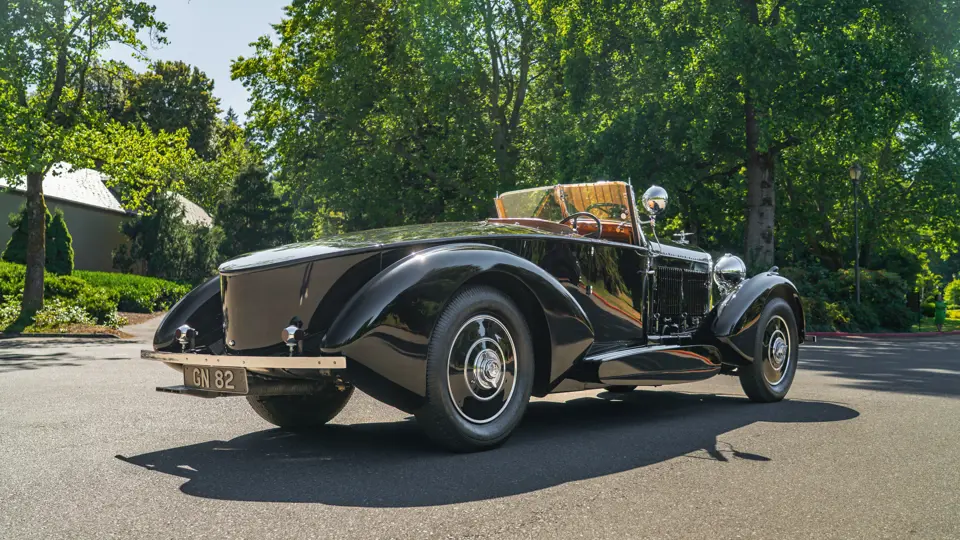
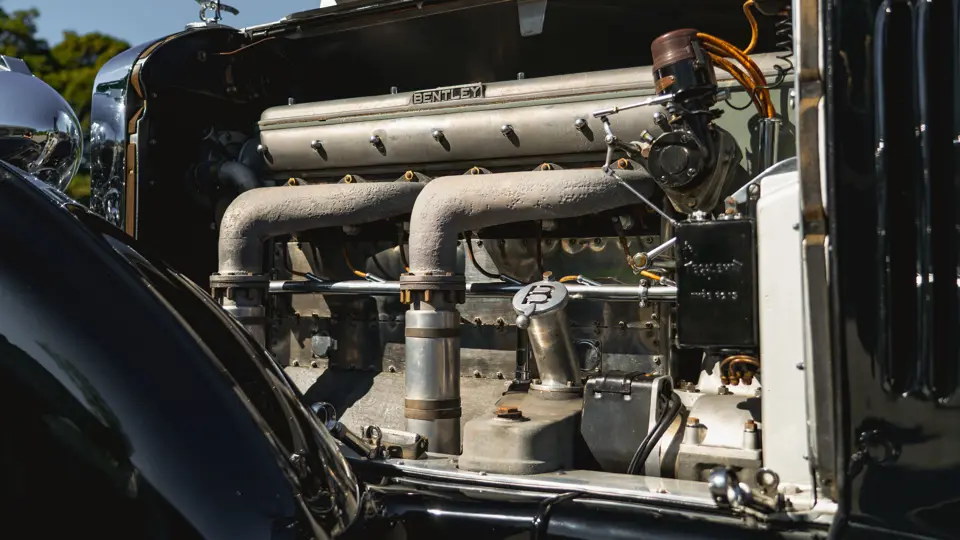
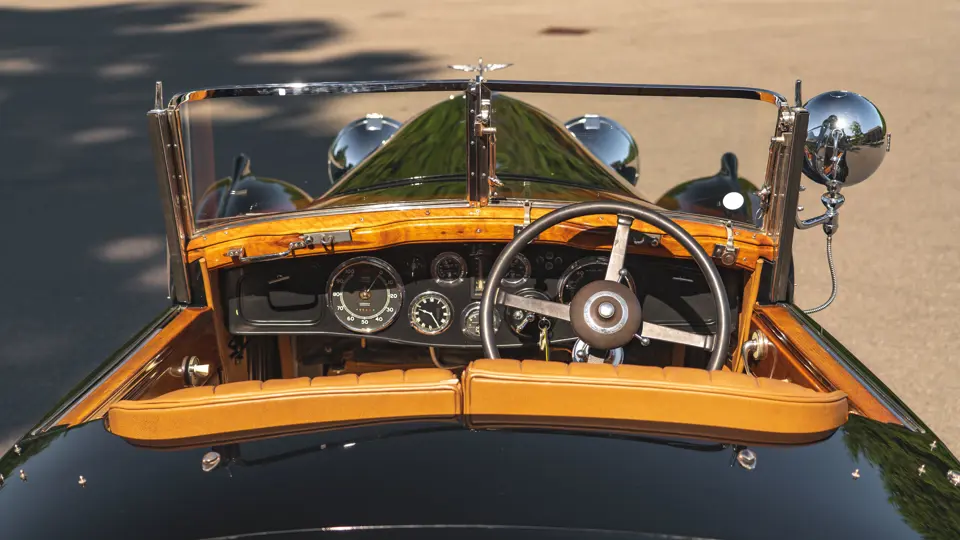

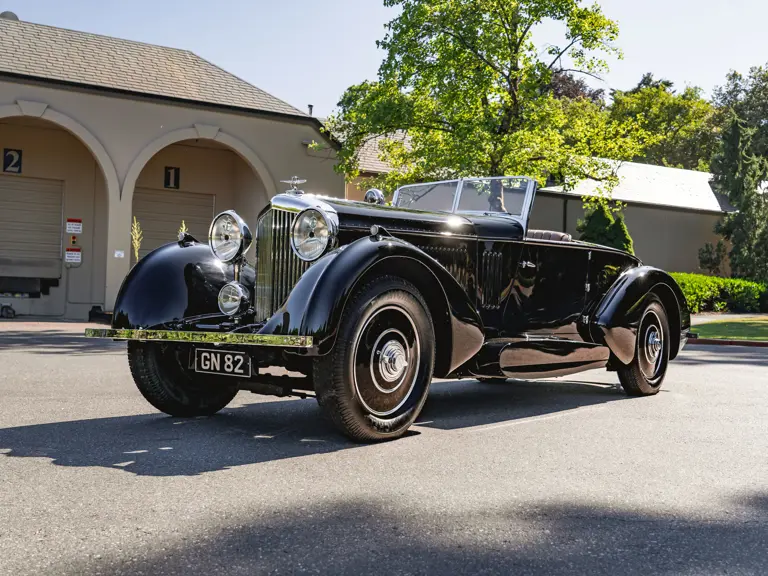
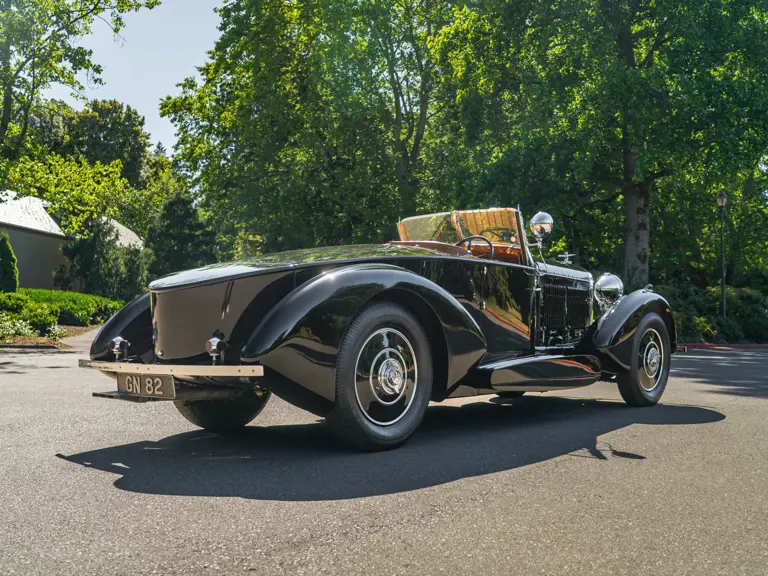
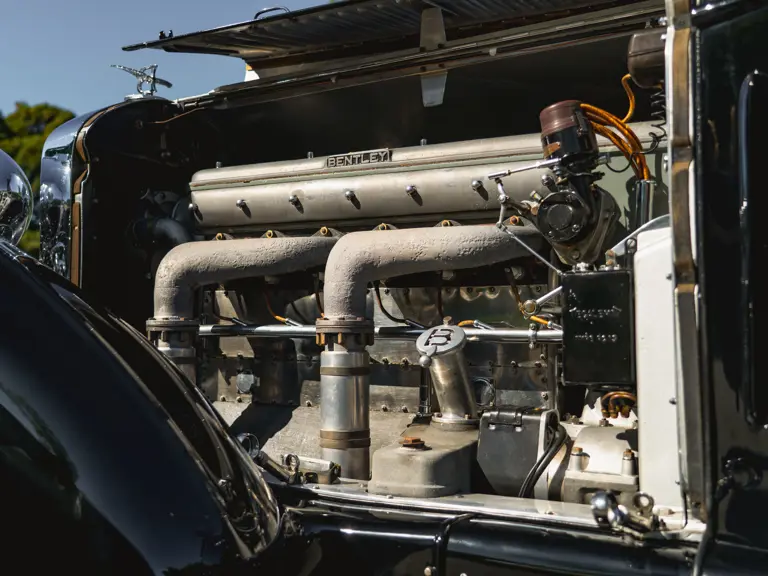
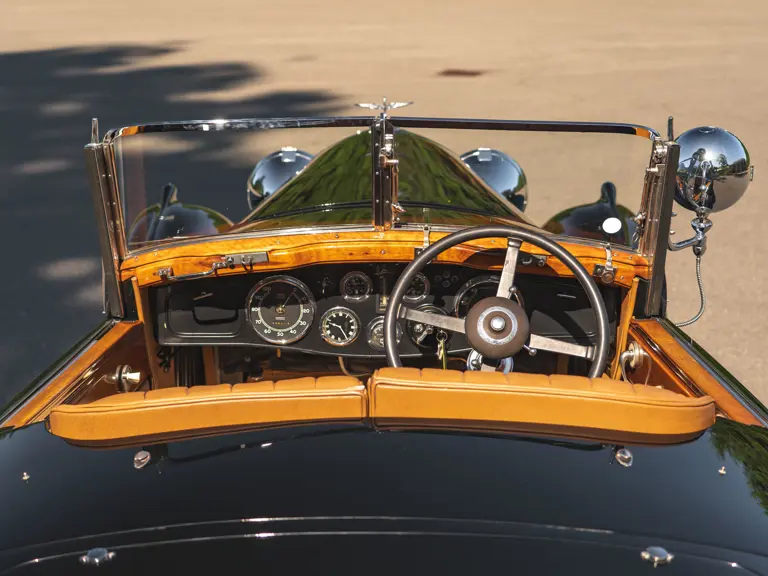
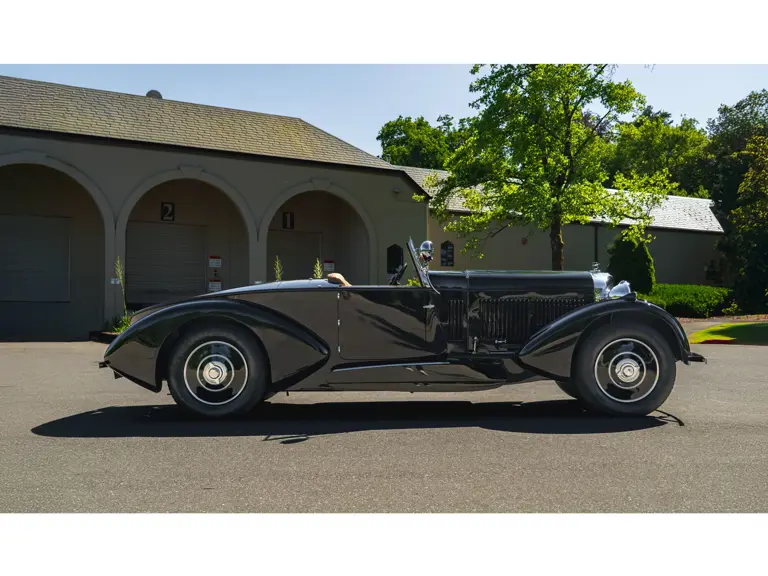
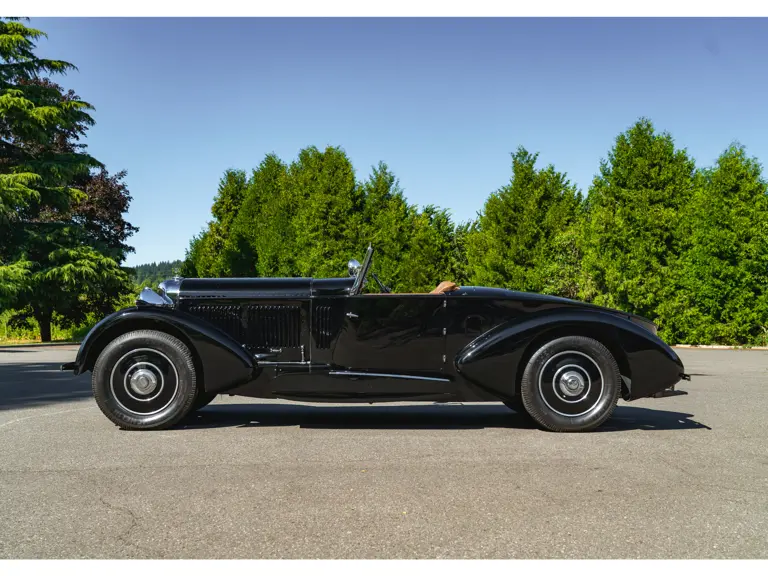
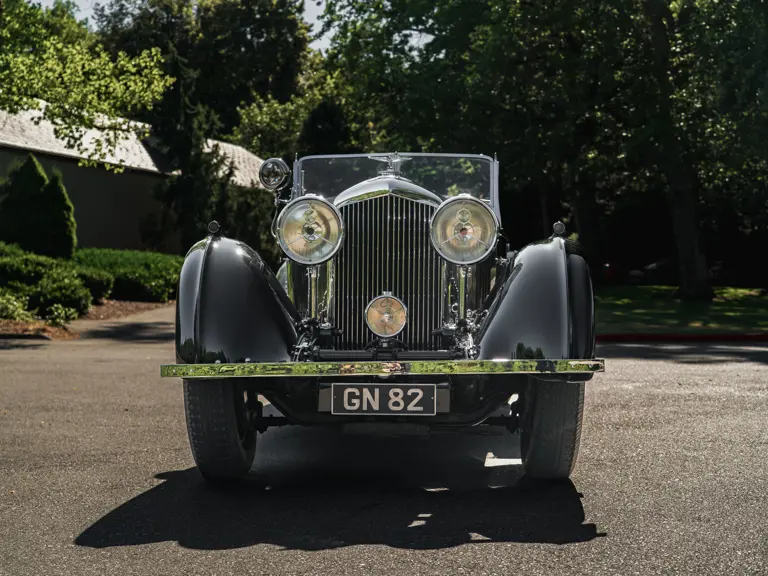
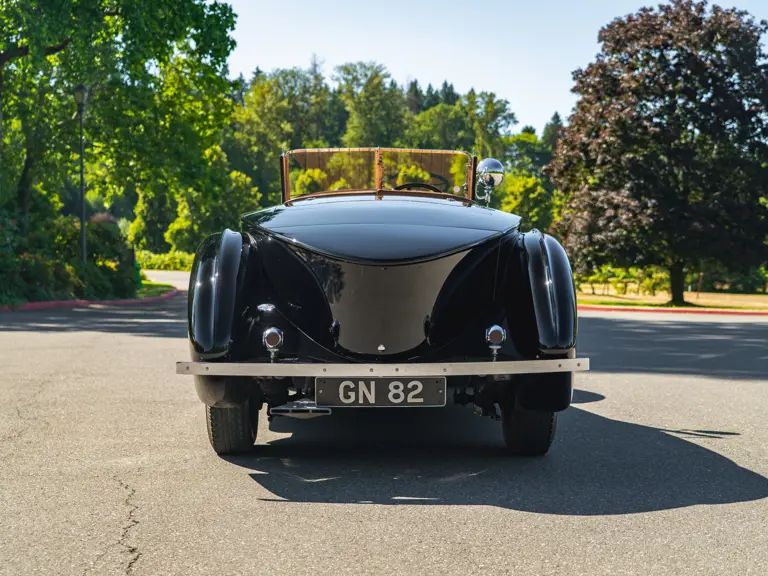
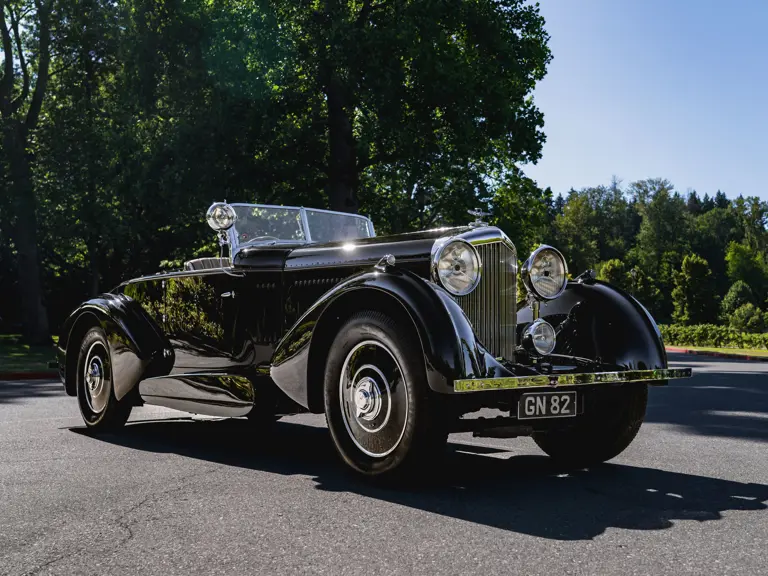
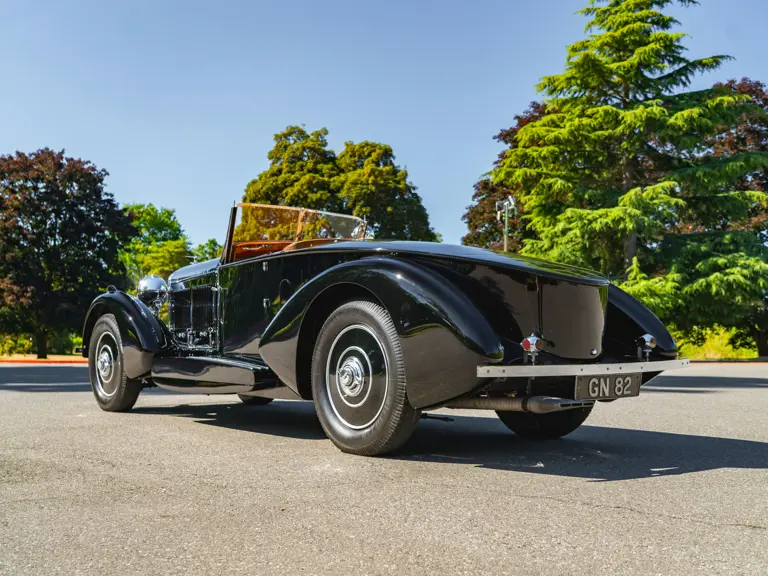
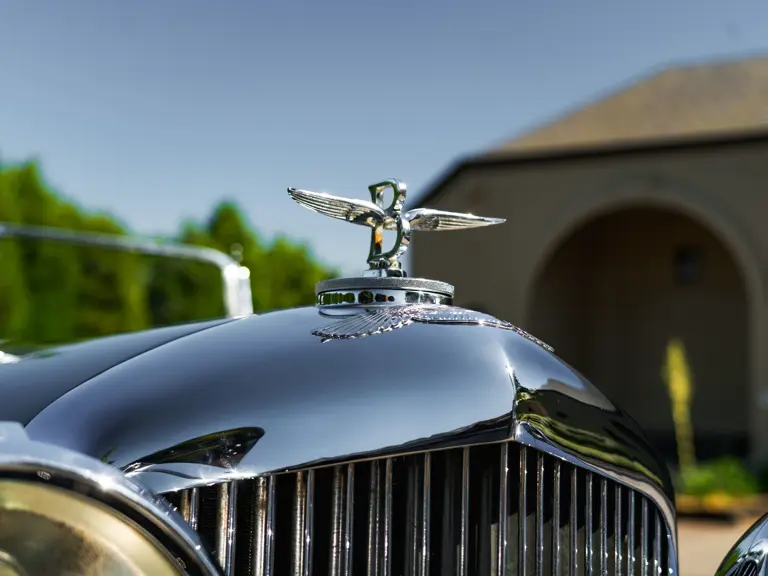
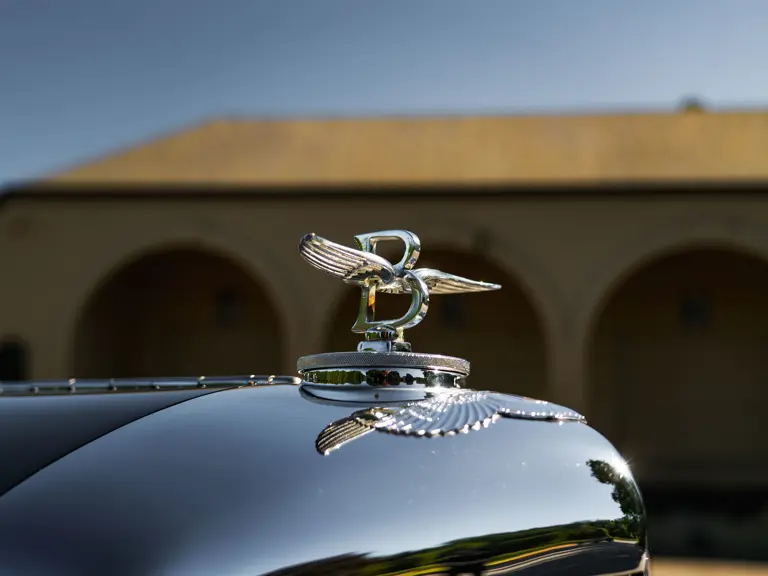
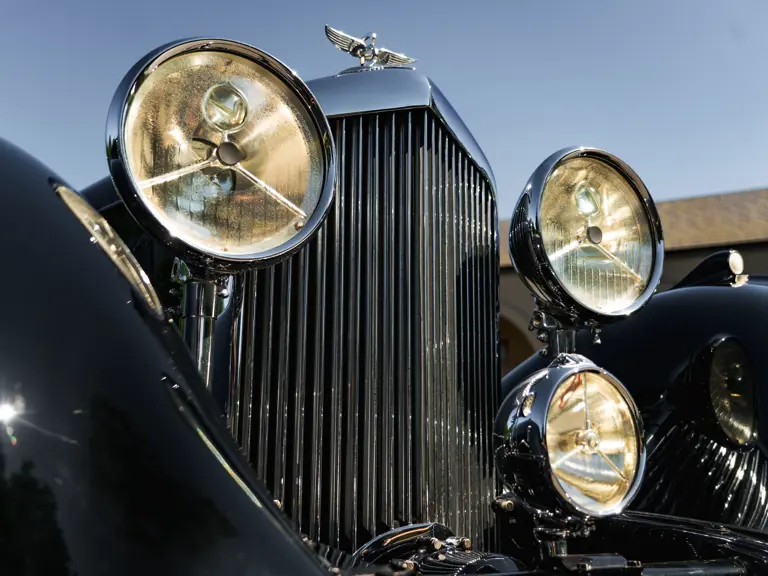
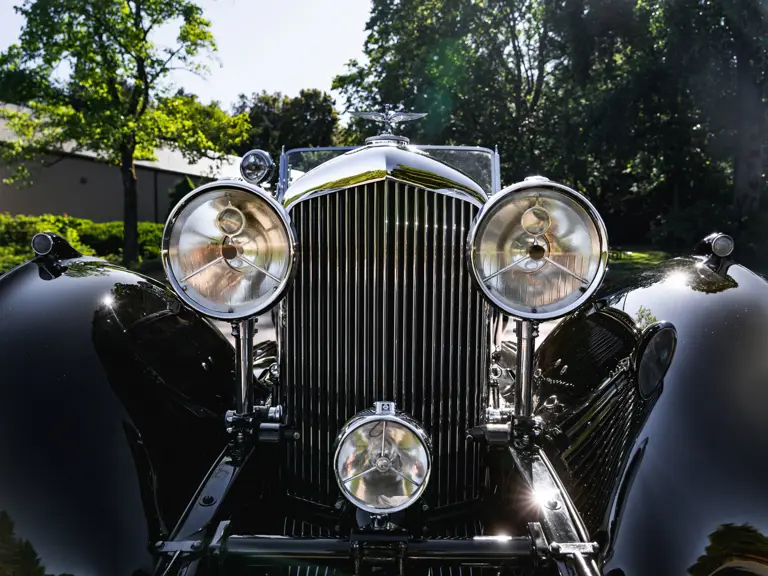
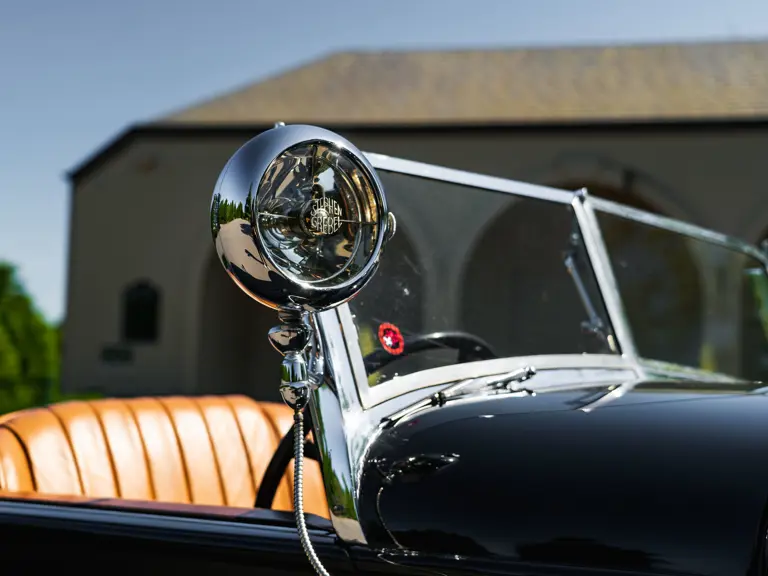
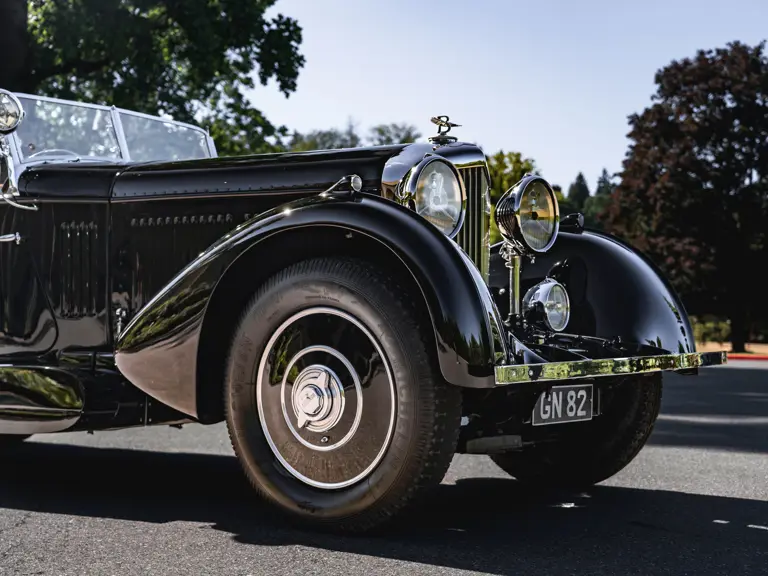
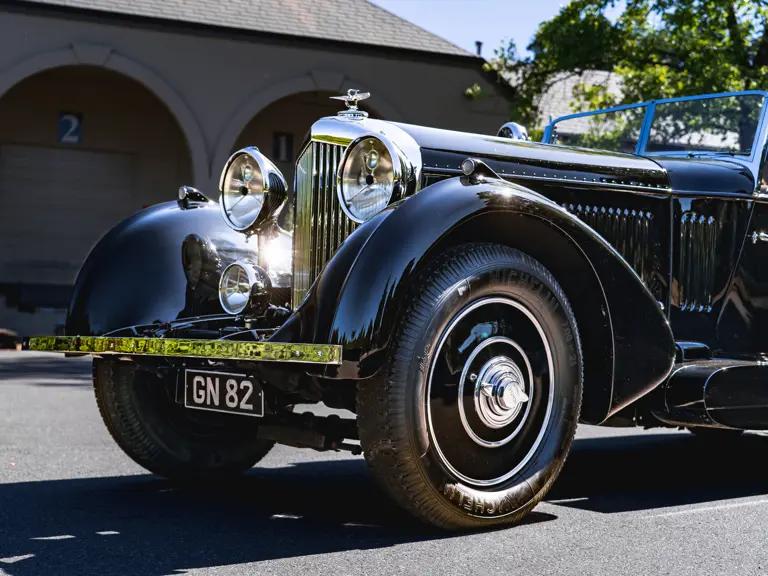
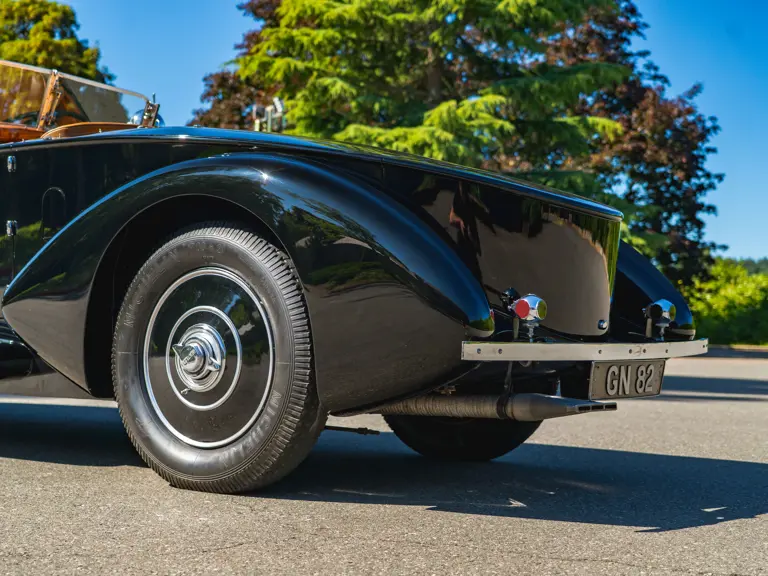
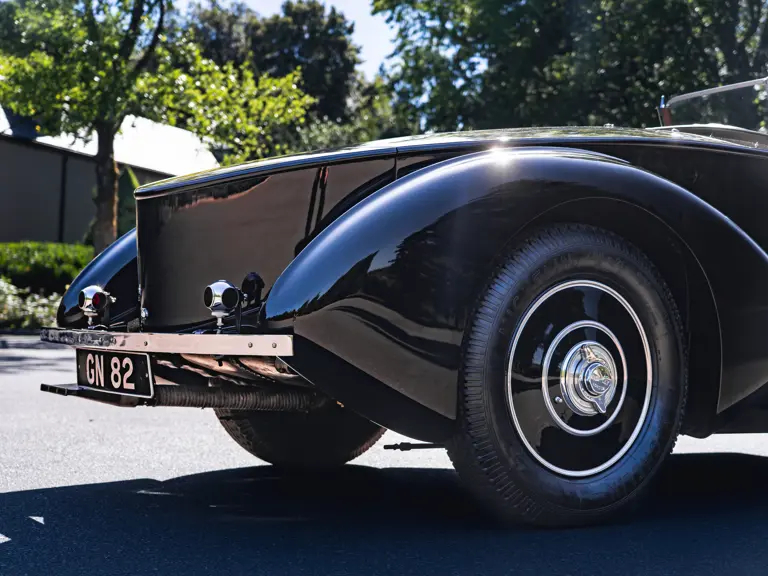
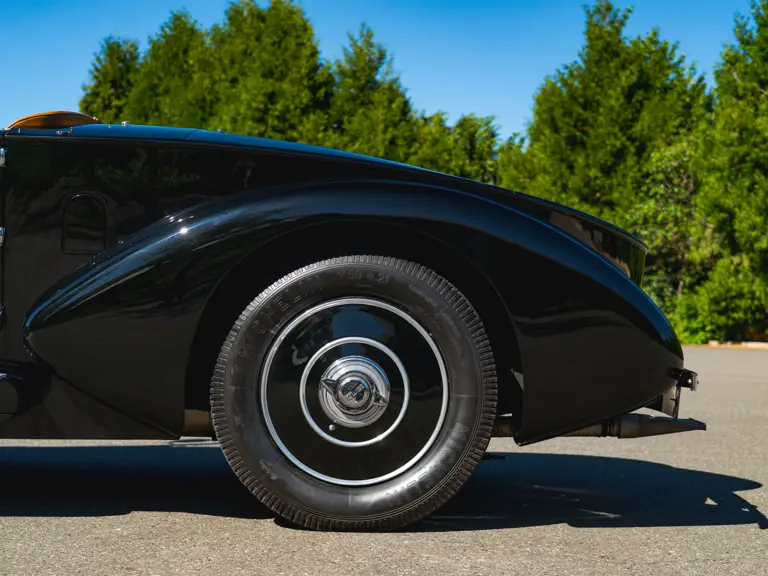
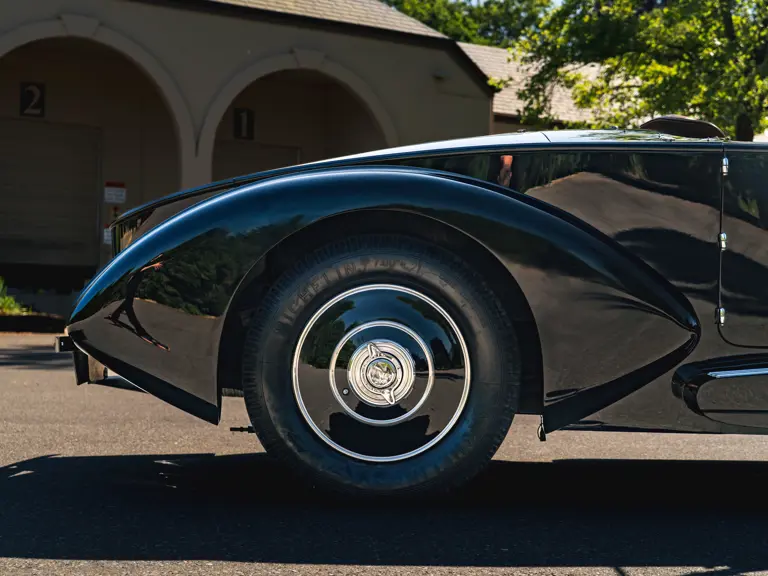
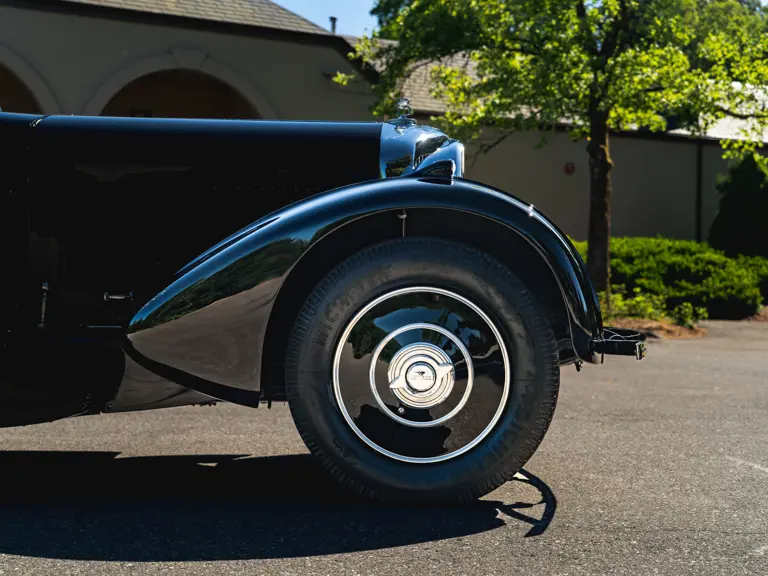
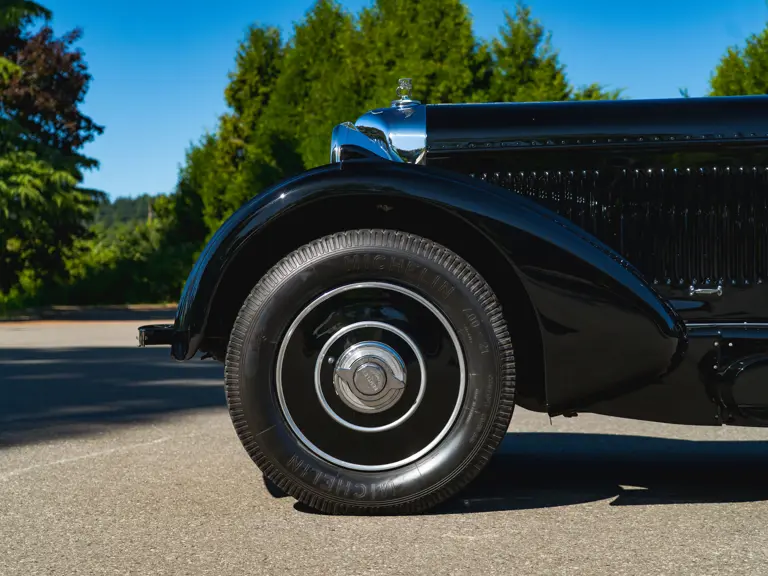
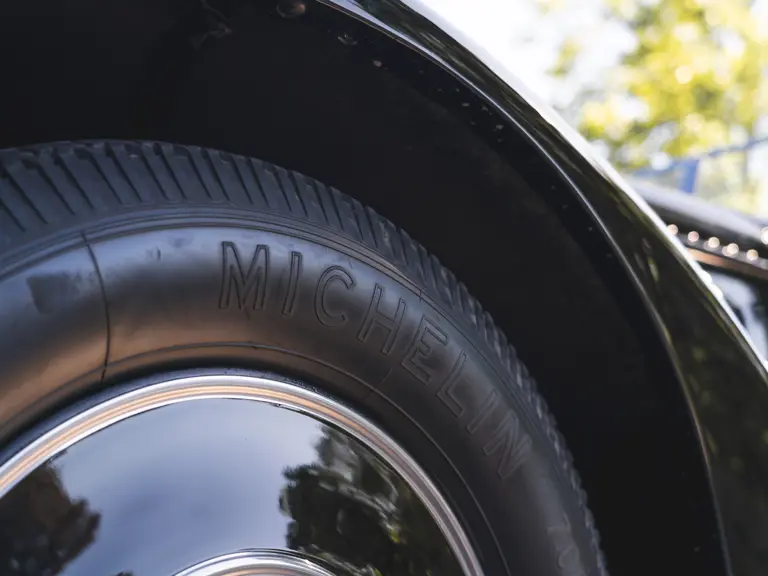
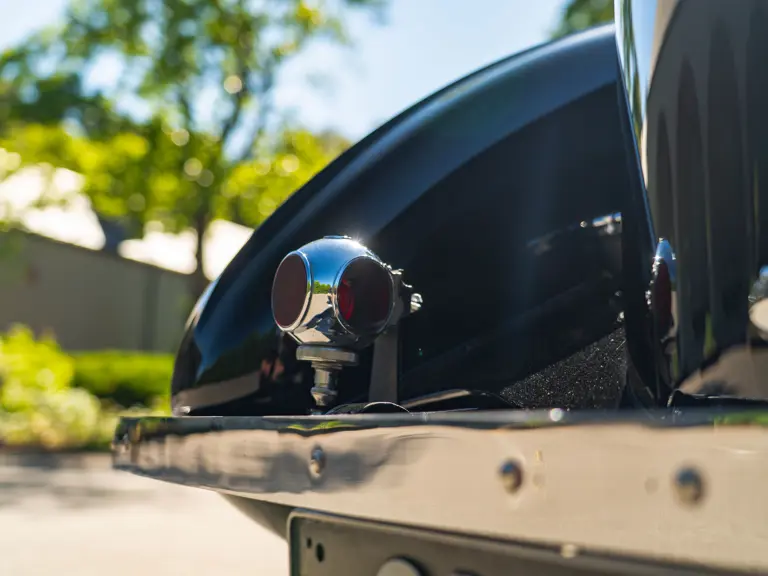
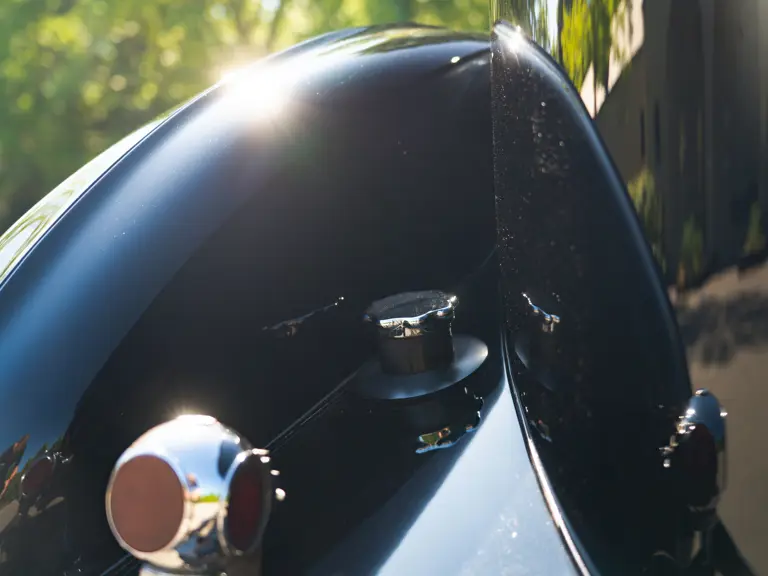
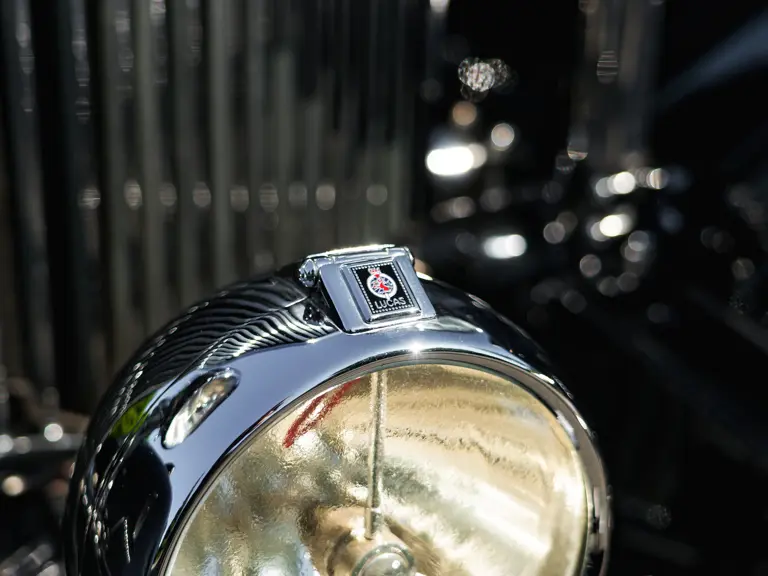
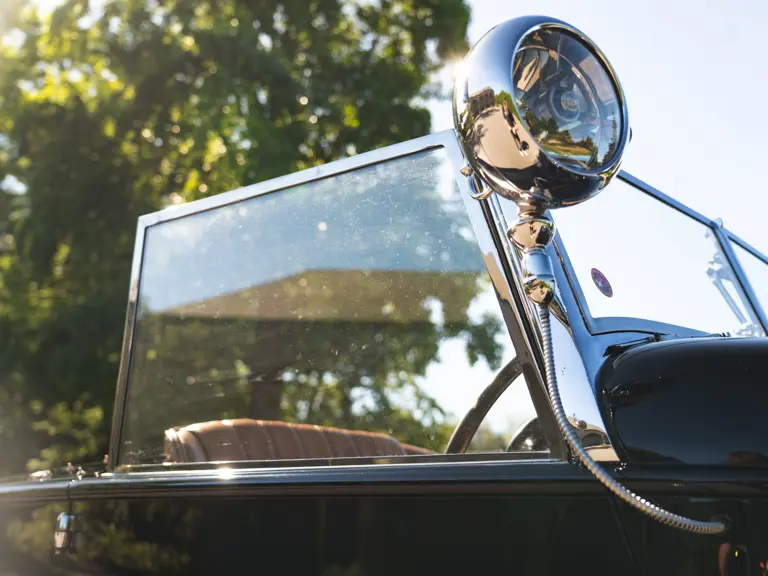
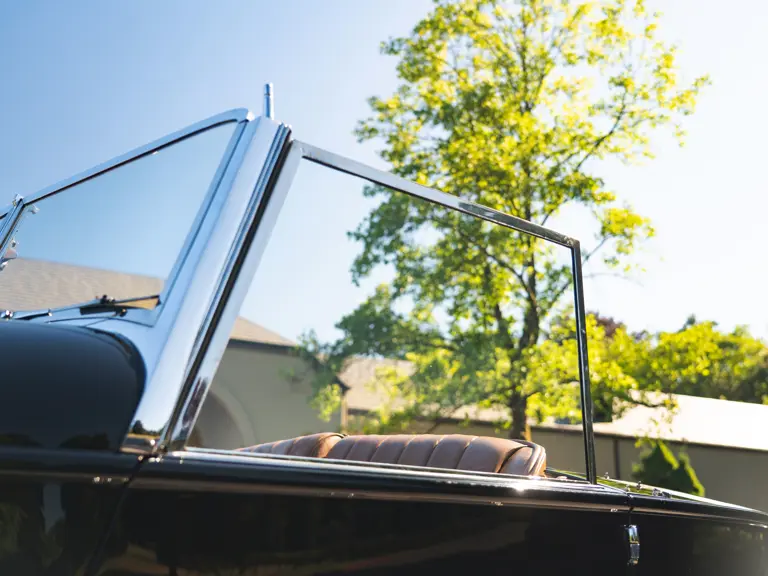
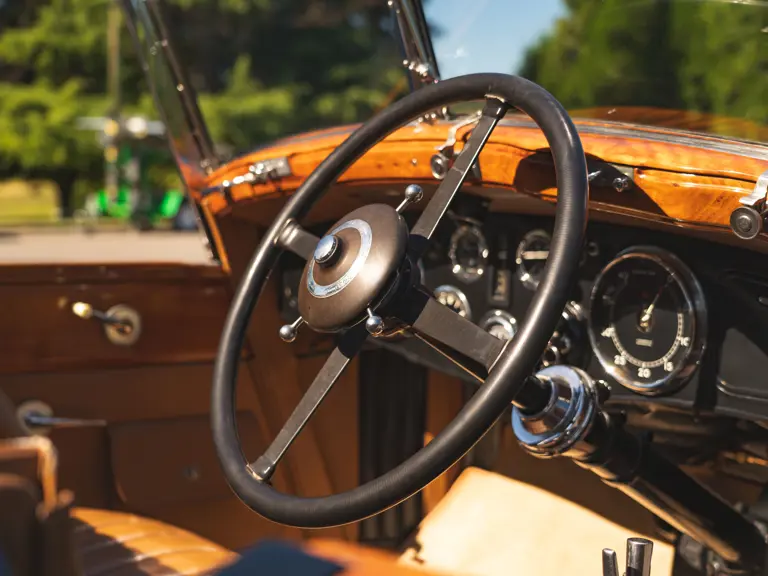
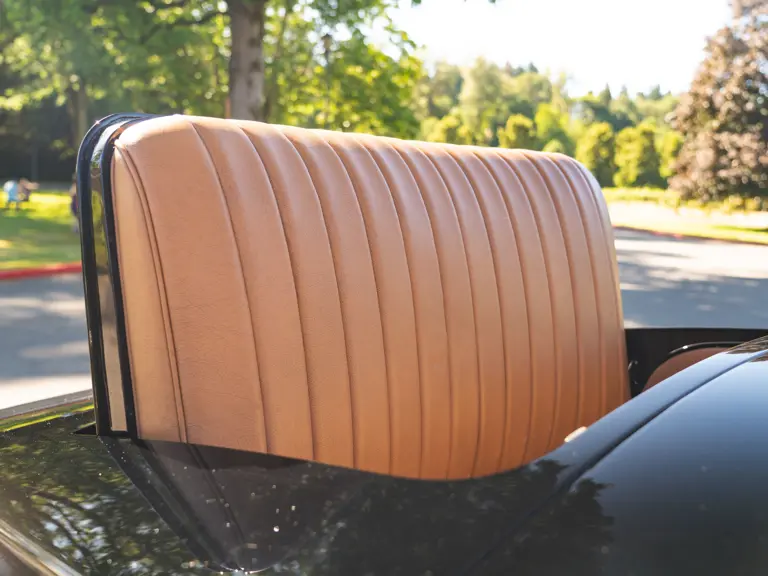
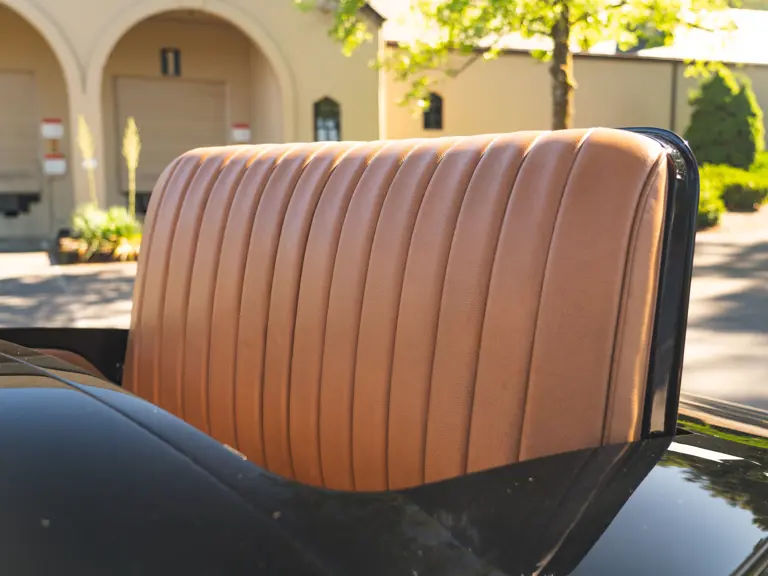
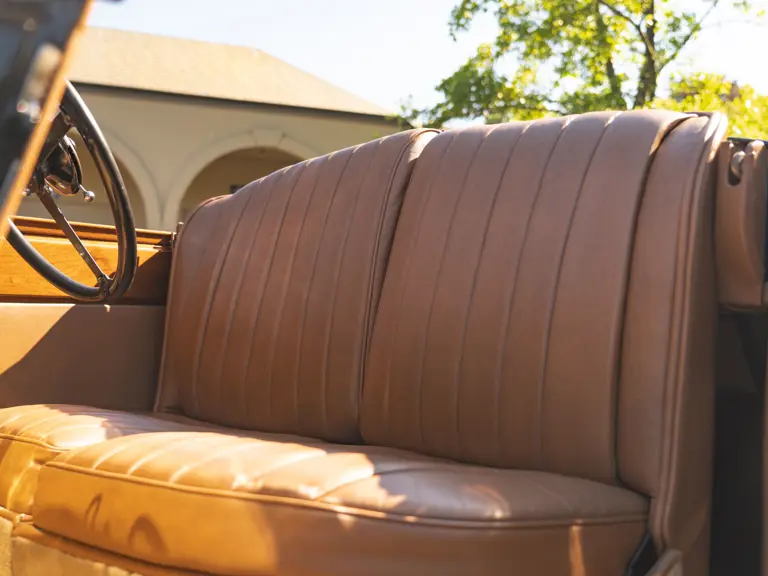
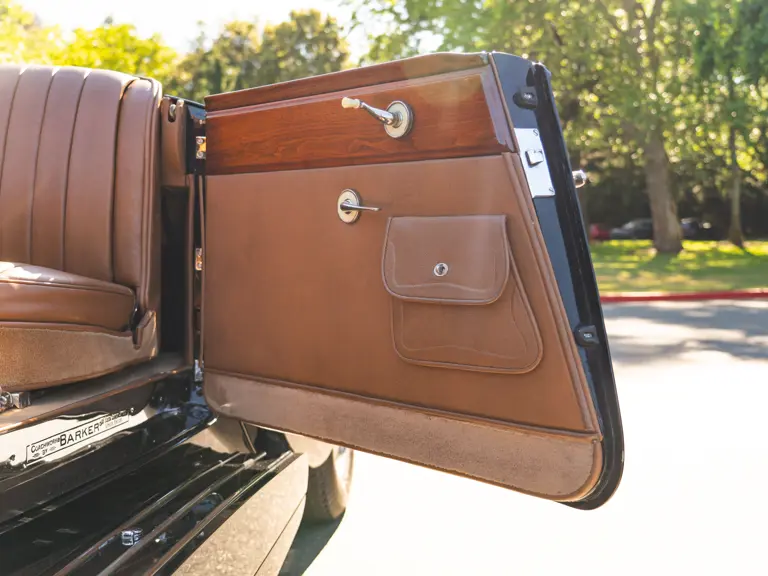
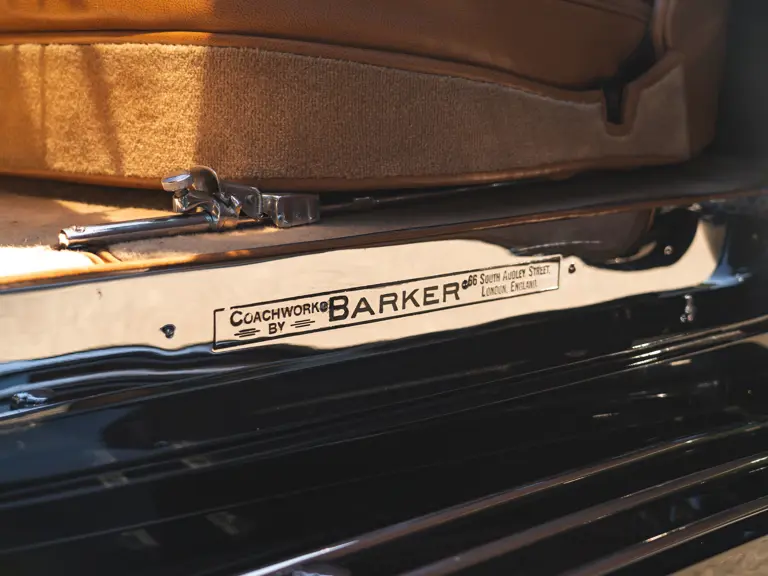
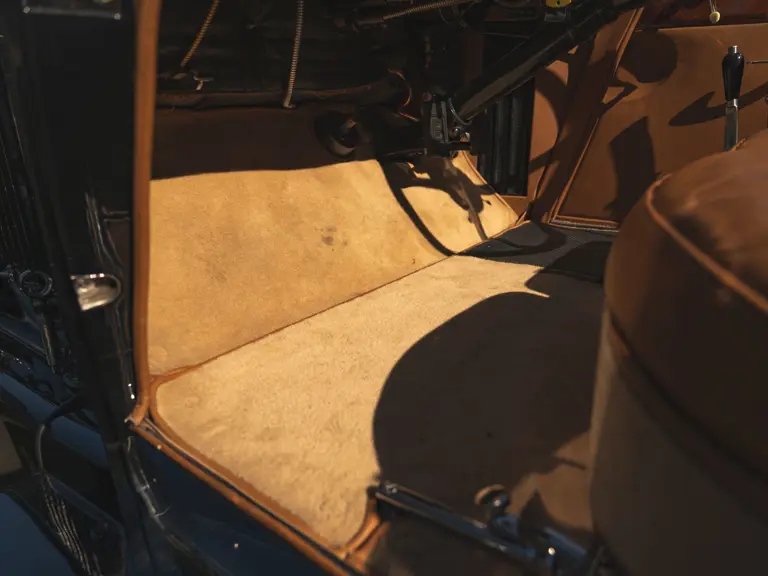
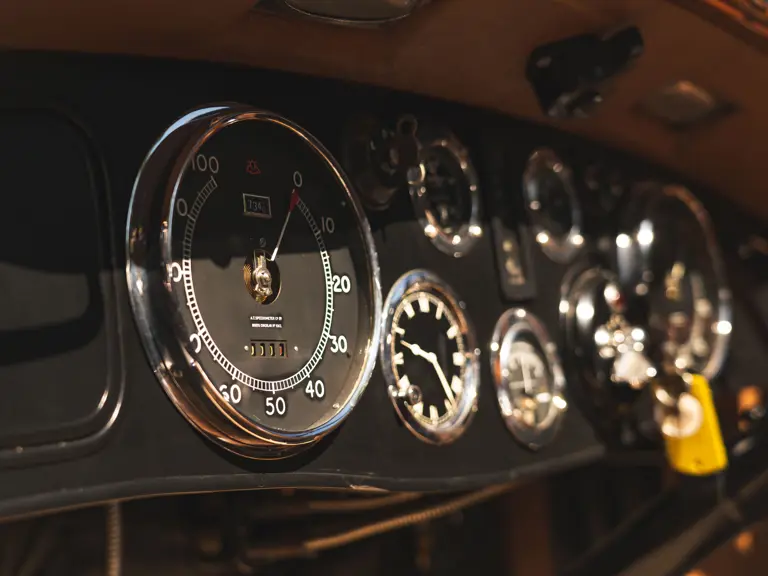
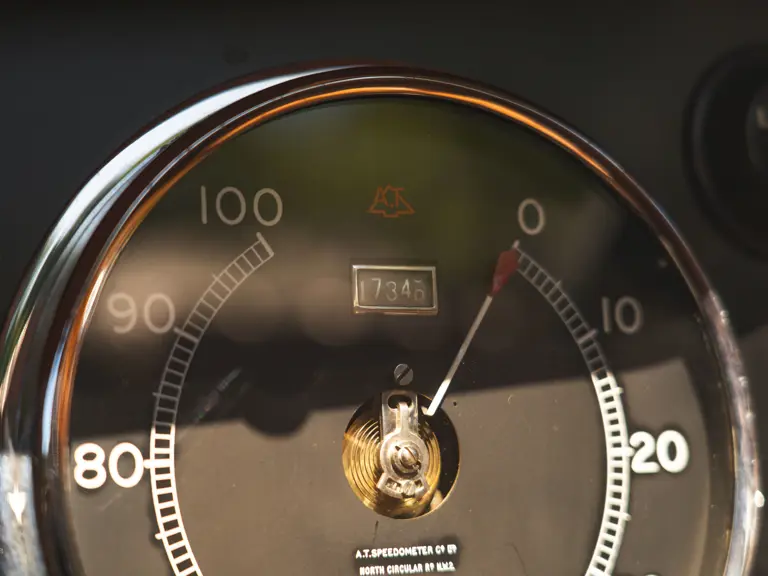
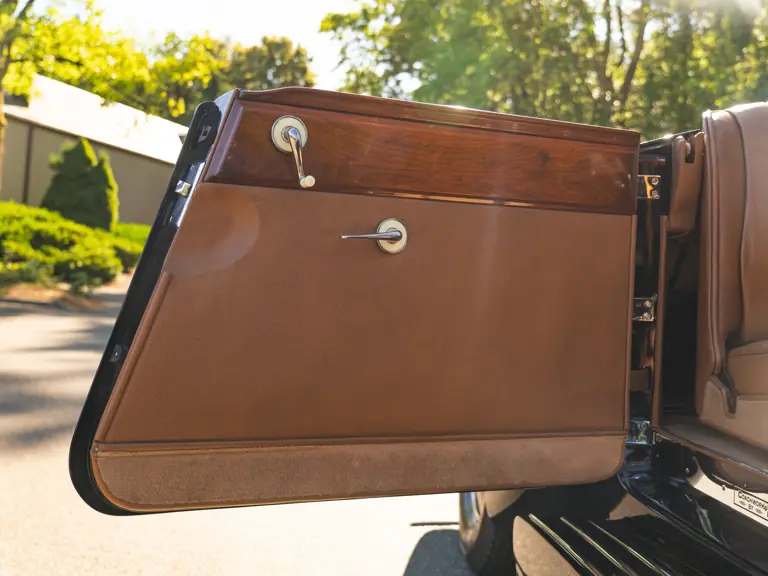
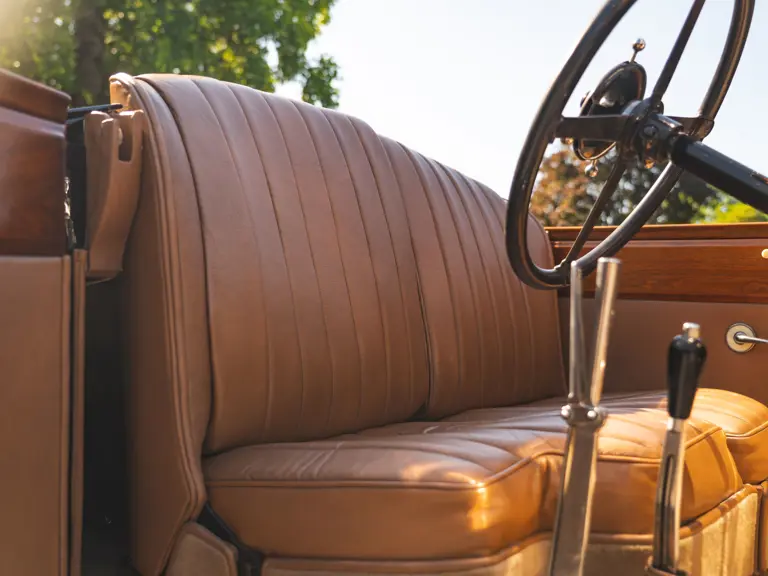
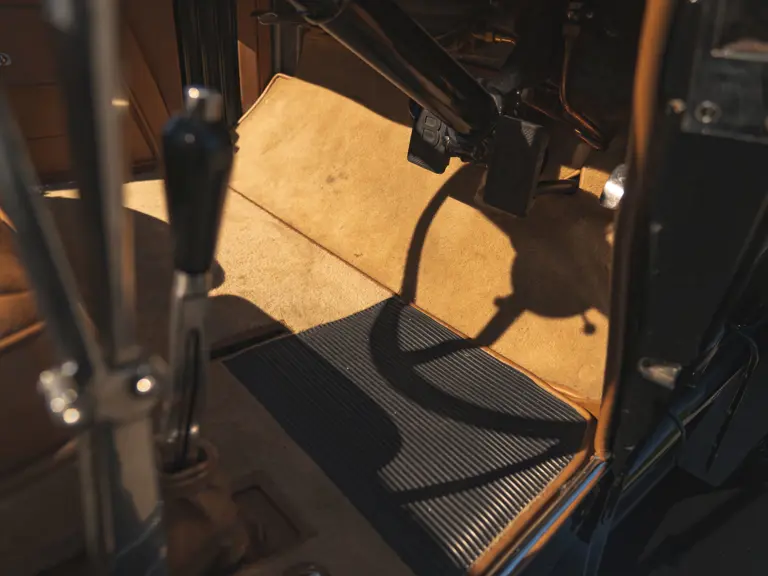
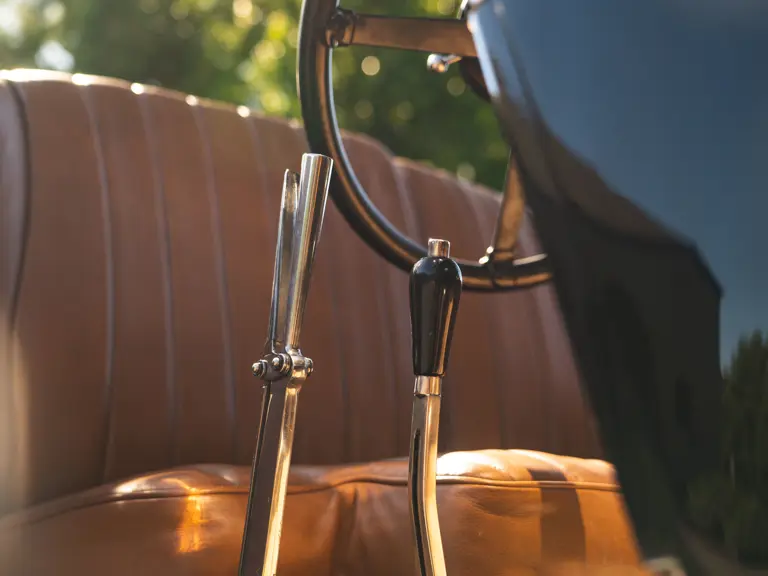
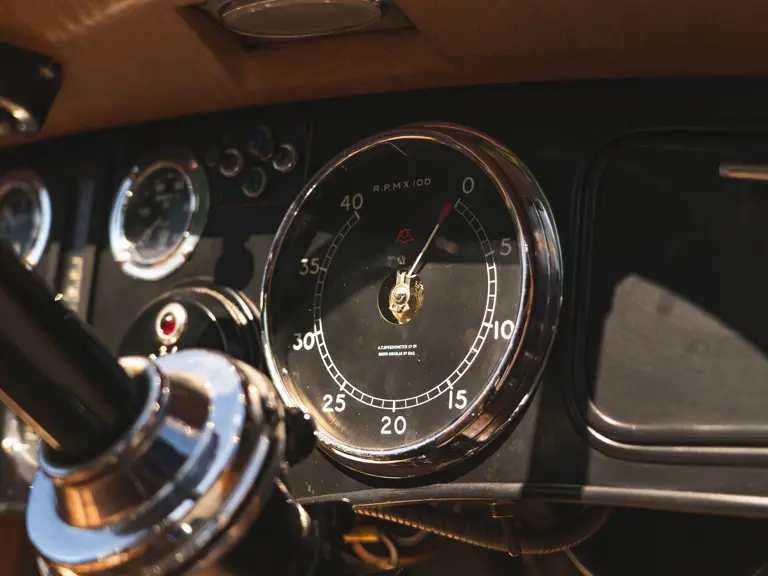
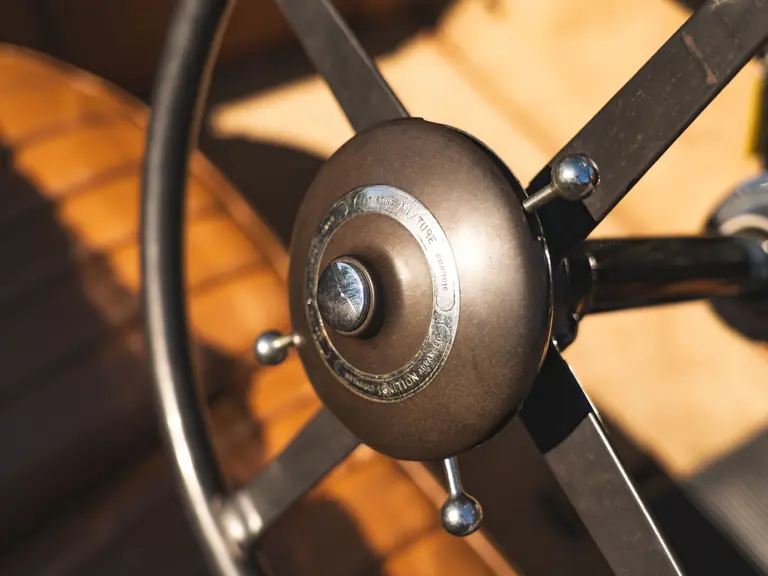
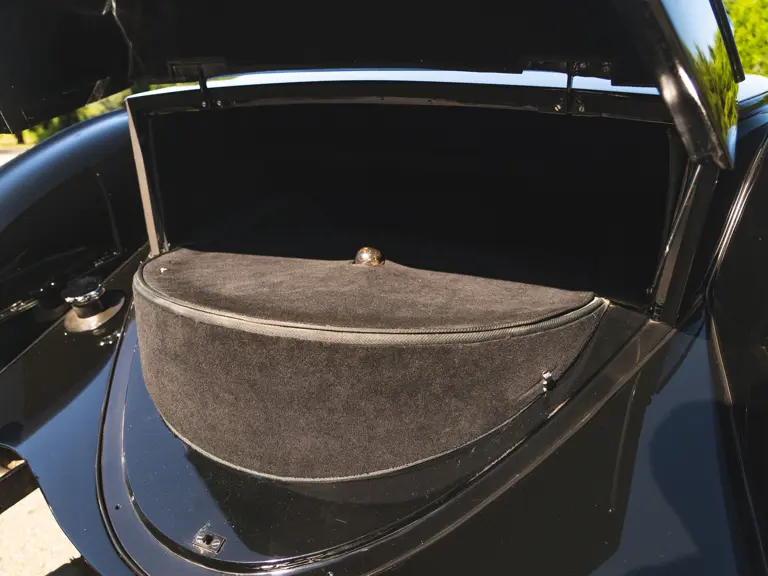
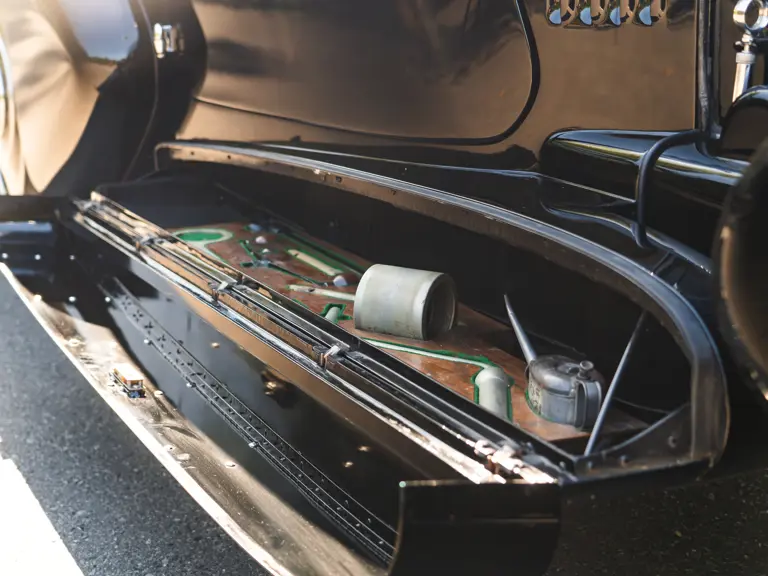
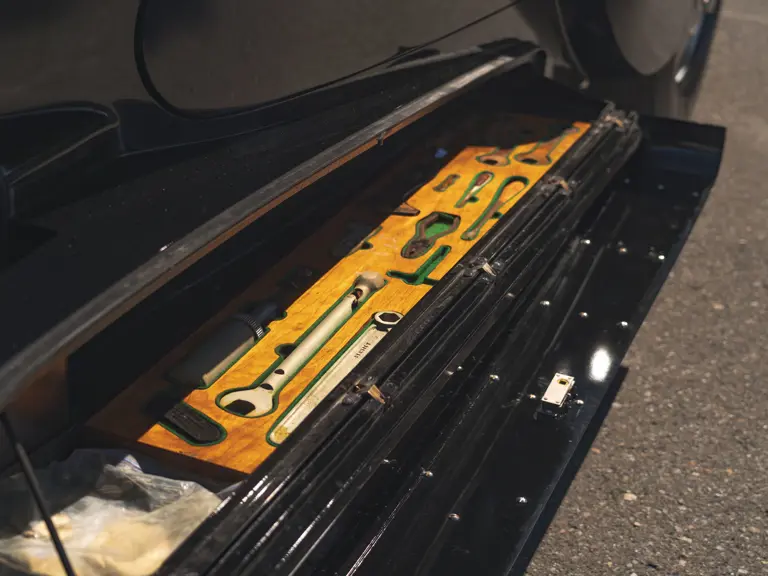
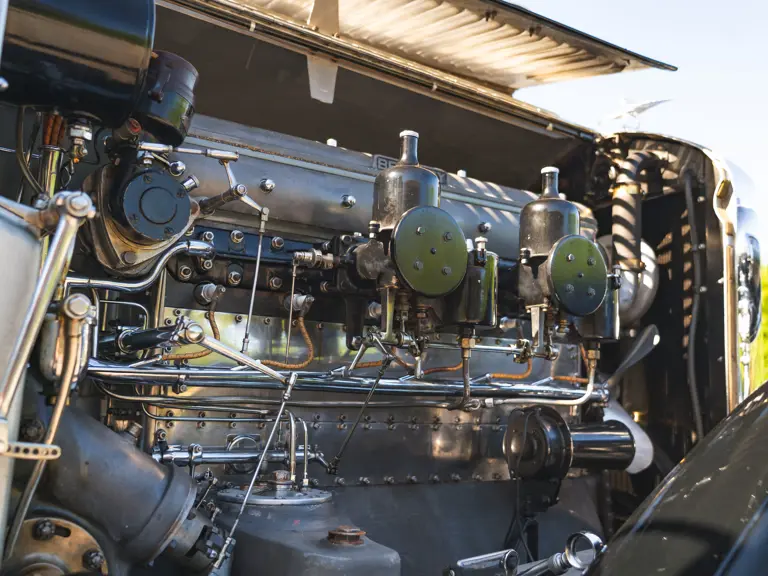
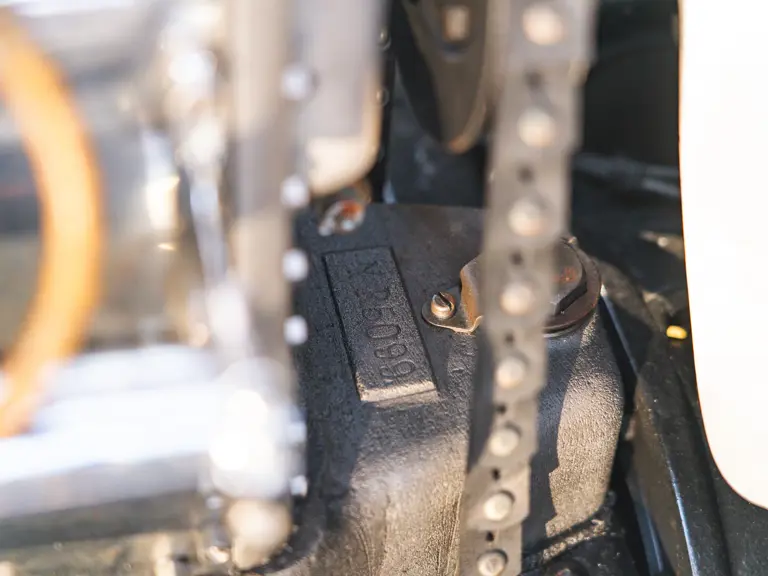
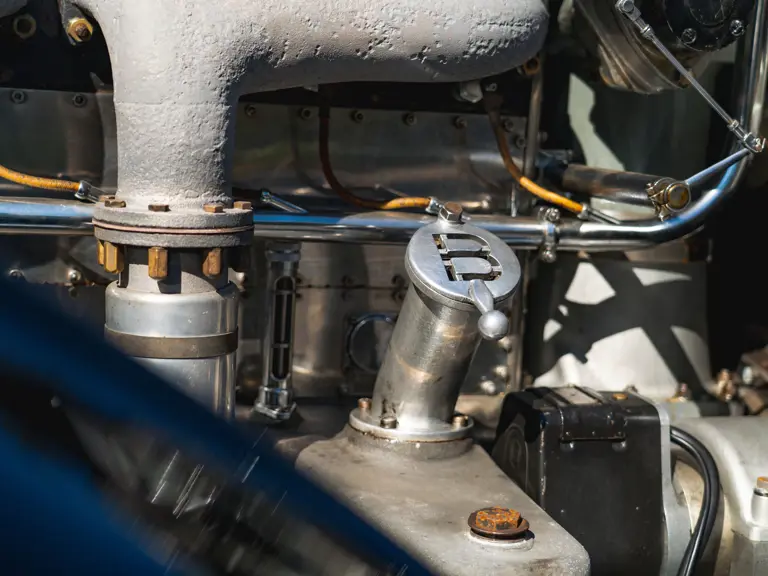
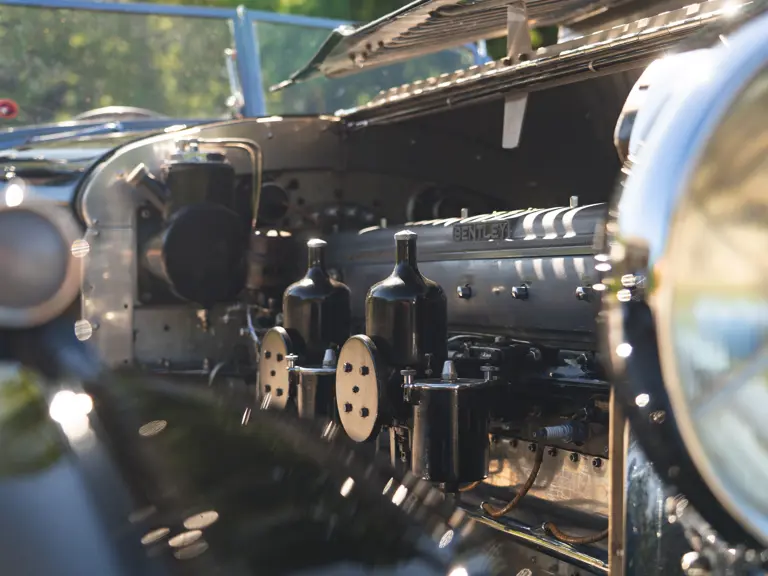
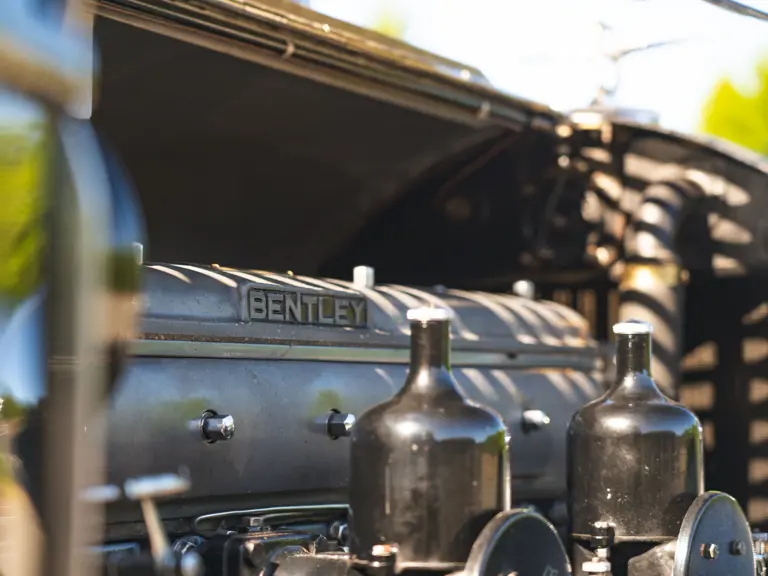
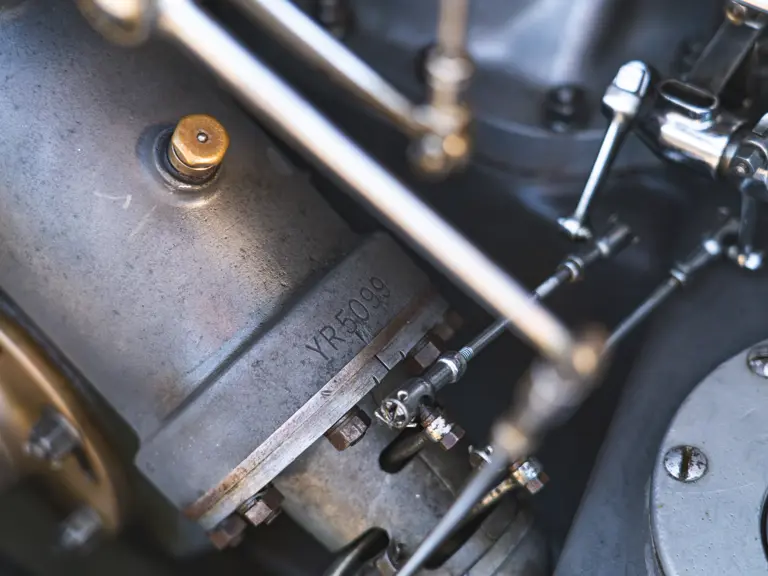
 | Monterey, California
| Monterey, California
